deepeye.hu
Astronomical Drawings of Peter Kiss
Astronomical Drawings of Peter Kiss




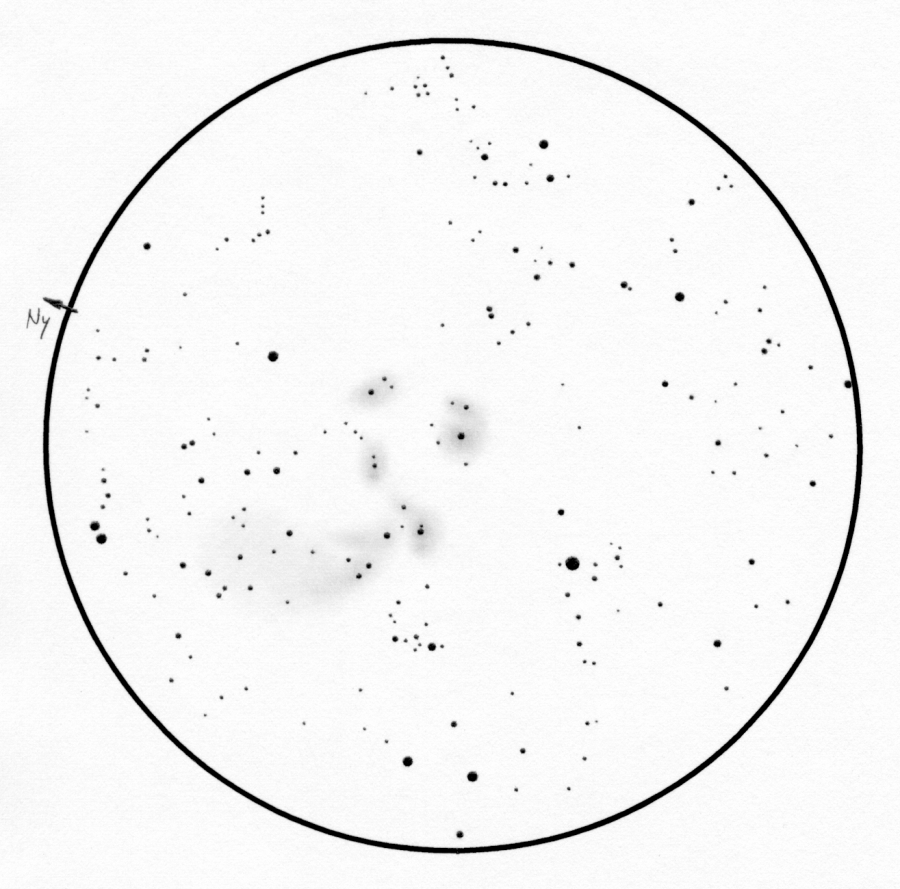

The Cat's Paw Nebula had a pretty high rank on my southern wish list so I started to draw it on our second night. Unfortunately I did it too much in a hurry and didn't follow the composition I thought out at home. Instead the brightest part of the nebula got to be in the center. But the next day I already didn't want to erase half a night's work. The fact that I managed to spoil the composition shows not only that I was tired and in a hurry but also that this very red nebula is not that bright at all. The patch in the center is the brightest and the three spots surrounding it are somwhat fainter. The larger lobe towards the northwest is the faintest but it can be seen. Every part of the nebula shows some structure: each patch has a different shape and they are composed of brighter-fainter parts. It is interesting that the field of view contains some areas void of stars in spite of the fact that this is almost the very center of the Milky Way.
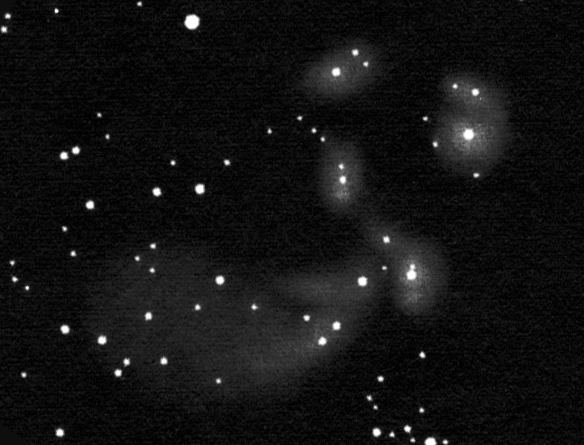

The photo on the left, courtesy of Gábor Tóth was made using a 10" Newtonian astrograph at the Isabis Farm in Namibia. The inverted drawing has been rotated to get closer to the orientation of the photograph.
The Cat's Paw Nebula is visually pretty faint. Nevertheless the main structures were pretty well visible in the small telescope. The red color coming from the H-alpha emission is unfortunately not really observable by the human eye. Of course the tiny details of the nebula could not be seen in the telescope. It is worth comparing the stars as well.
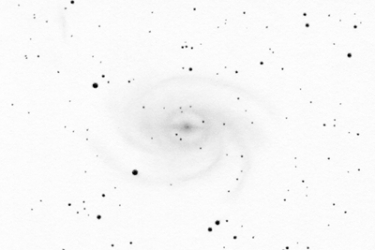
Pavo galaxy
The grand spiral galaxy of Pavo
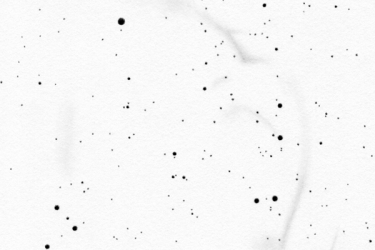
Panorama drawing
Huge and faint supernova remnant in the southern sky
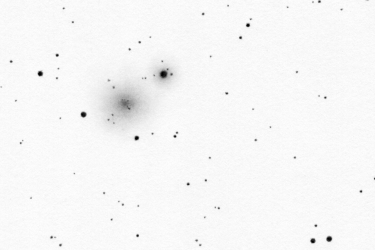
Centaurus globular cluster
The second globular in Centaurus

Apus globular cluster
Globular cluster close to the Southern celestial pole
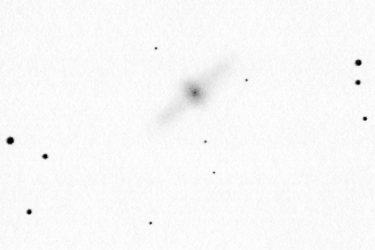
Centaurus galaxy
Polar ring galaxy
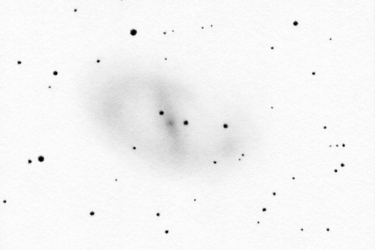
Ara galaxy
Barred spiral galaxy in the thick of the Milky Way